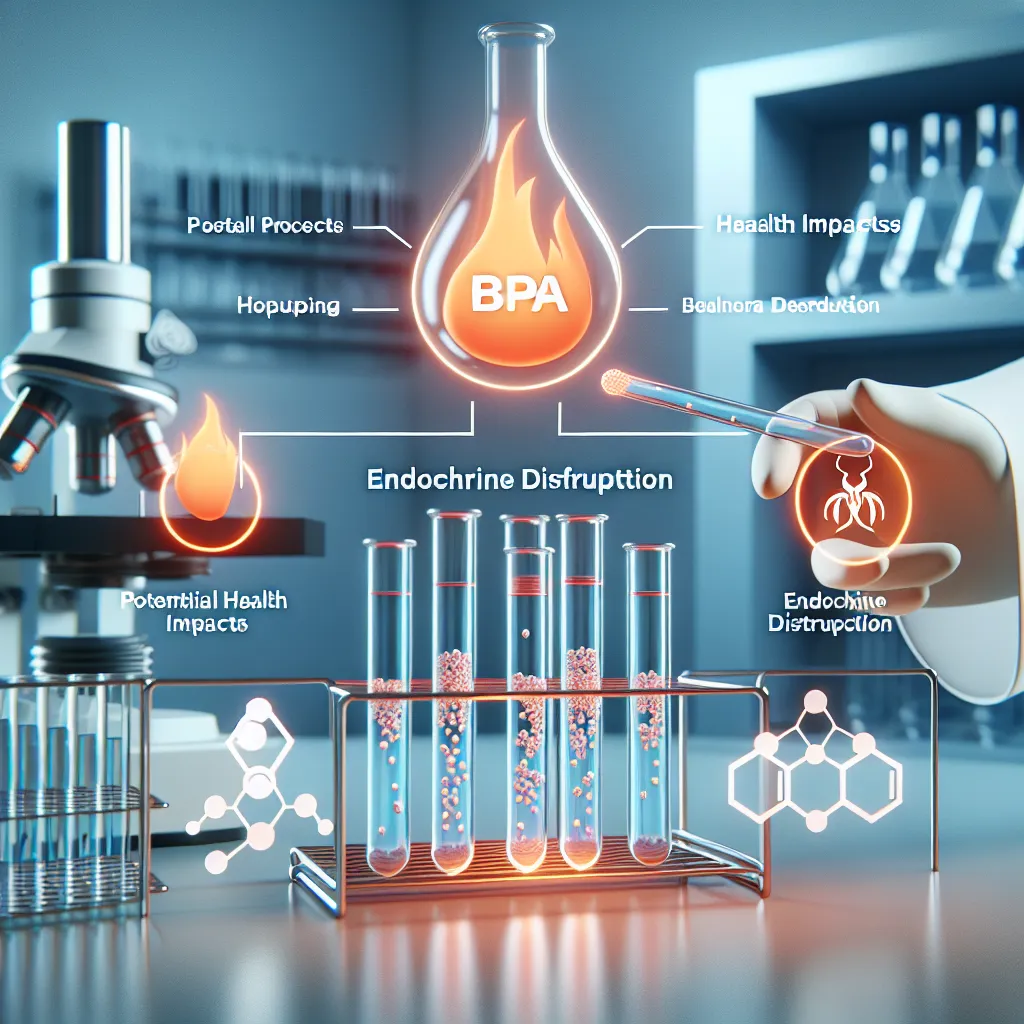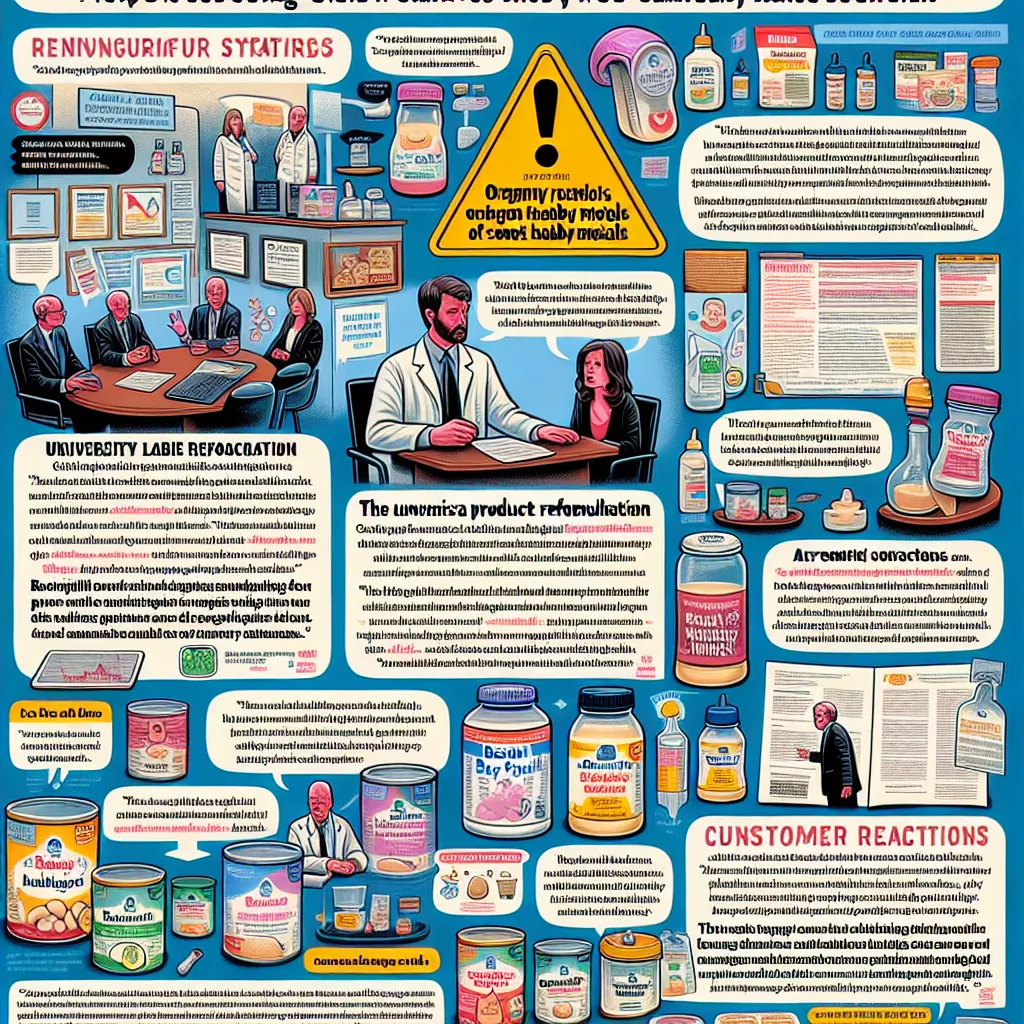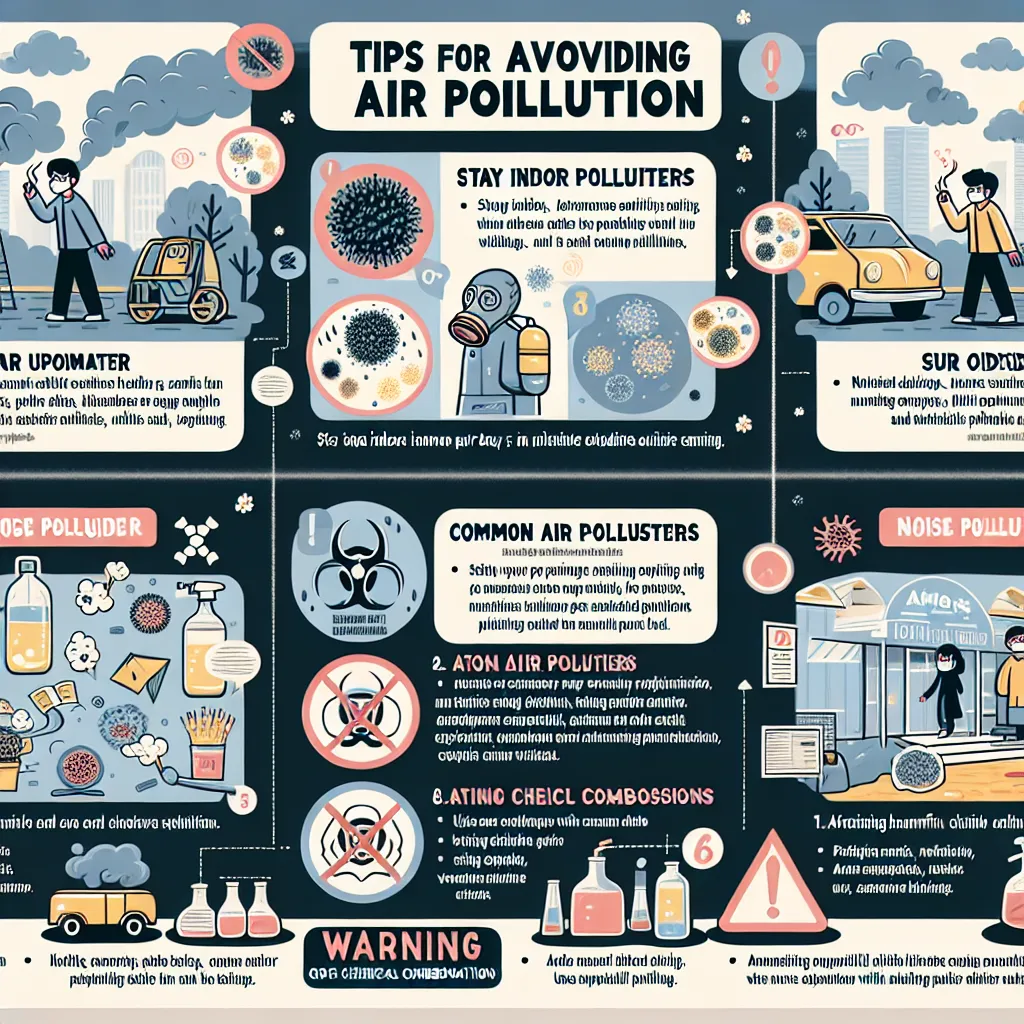Ask AI on The Internet
Question: 1. What happens to BPA molecules when plastic is heated up? 2. What is an endocrine-disrupting chemical? 3. What kind of health problems have animal studies linked to BPA? 4. Why can't laboratory conditions mimic the way we interact with BPA very well? 5. What is the safe level for BPA exposure set by the US Food and Drug Administration? 6. Why might a low dose of some chemicals be worse than a high dose? 7. Is BPA definitely terrible for humans? 8. Should manufacturers phase out BPA, especially in baby bottles? 9. What should we do if manufacturers phase out BPA?
1. **What happens to BPA molecules when plastic is heated up?** - When plastic containing BPA (Bisphenol A) is heated, BPA molecules can break down and leach out of the plastic. This release occurs because heat can cause the polymer structure to break down, making it more likely for BPA molecules to be released into the environment or into food and drinks that come into contact with the heated plastic. 2. **What is an endocrine-disrupting chemical?** - An endocrine-disrupting chemical (EDC) is a substance that can interfere with the endocrine (hormone) system. EDCs can mimic, block, or alter the normal function of hormones, potentially leading to a variety of health issues. These chemicals can have significant effects on developmental, reproductive, neurological, and immune systems in both humans and wildlife. 3. **What kind of health problems have animal studies linked to BPA?** - Animal studies have linked BPA exposure to a range of health problems, including reproductive disorders, developmental issues, metabolic disorders such as obesity and diabetes, behavioral problems, and increased risk of certain cancers. These studies suggest that BPA can have significant adverse effects on the health and development of animals. 4. **Why can't laboratory conditions mimic the way we interact with BPA very well?** - Laboratory conditions often differ from real-world exposure scenarios in several key ways. For instance, lab studies typically involve controlled dosages in specific conditions, while human interactions with BPA can vary widely in amount, frequency, and mode of exposure (e.g., ingestion, dermal contact). Additionally, humans are exposed to a complex mixture of chemicals and environmental factors that are difficult to replicate accurately in laboratory settings. 5. **What is the safe level for BPA exposure set by the US Food and Drug Administration?** - As of my last update, the US Food and Drug Administration (FDA) has established an acceptable daily intake (ADI) for BPA, which is commonly set at 5 micrograms per kilogram of body weight per day (µg/kg bw/day). However, it is essential to check for the most current guidelines, as regulations and recommendations can evolve based on new research findings. 6. **Why might a low dose of some chemicals be worse than a high dose?** - Some chemicals, including endocrine disruptors like BPA, can exhibit non-monotonic dose-response curves, where low doses might have different or even more significant effects compared to higher doses. This can occur because low doses can interact subtly with the endocrine system, potentially leading to significant biological changes that do not necessarily increase linearly with higher doses. 7. **Is BPA definitely terrible for humans?** - The evidence on BPA's effects on humans is still a subject of ongoing research and debate. While animal studies and some human epidemiological studies suggest potential risks, there is not a universal consensus. Regulatory agencies, like the FDA and European Food Safety Authority (EFSA), continue to review emerging data to assess the risk and establish guidelines to protect public health. 8. **Should manufacturers phase out BPA, especially in baby bottles?** - Many health experts and advocacy groups recommend phasing out BPA, particularly in products used by infants and young children, such as baby bottles, due to their potential vulnerability to endocrine-disrupting chemicals. Some manufacturers have already taken steps to remove BPA from these products, while regulatory agencies are also scrutinizing and restricting its use in certain contexts. 9. **What should we do if manufacturers phase out BPA?** - If BPA is phased out, it is crucial to ensure that the alternatives used are thoroughly tested for safety and do not pose similar or new health risks. Consumers should remain informed about the materials used in products they purchase and support regulations that require rigorous testing of new chemical substitutes. Additionally, reducing the overall use of plastics and seeking safer, non-plastic alternatives where possible can be beneficial.
Think your answer is better than the AI's? Post it below.
Other Most Relevant Posts:
 Fluoro Alcohols and Poly Fluoro Alcohols: The Basics -> Basics of Fluoro Alcohols
P Phase Compounds: Tough Cookies -> Toughness of P Phase Compounds
P Phase Products Through the Years -> Evolut
Fluoro Alcohols and Poly Fluoro Alcohols: The Basics -> Basics of Fluoro Alcohols
P Phase Compounds: Tough Cookies -> Toughness of P Phase Compounds
P Phase Products Through the Years -> Evolut
 1. Biotic and abiotic parts of an ecosystem
2. Landfills cannot be reused after being full
3. Forests' environmental benefits
4. Earth's main greenhouse gases
5. Impact of greenhouse gases on wea
1. Biotic and abiotic parts of an ecosystem
2. Landfills cannot be reused after being full
3. Forests' environmental benefits
4. Earth's main greenhouse gases
5. Impact of greenhouse gases on wea
Question Tags
If you want your question answered by an AI, click here.





Post your own comment: